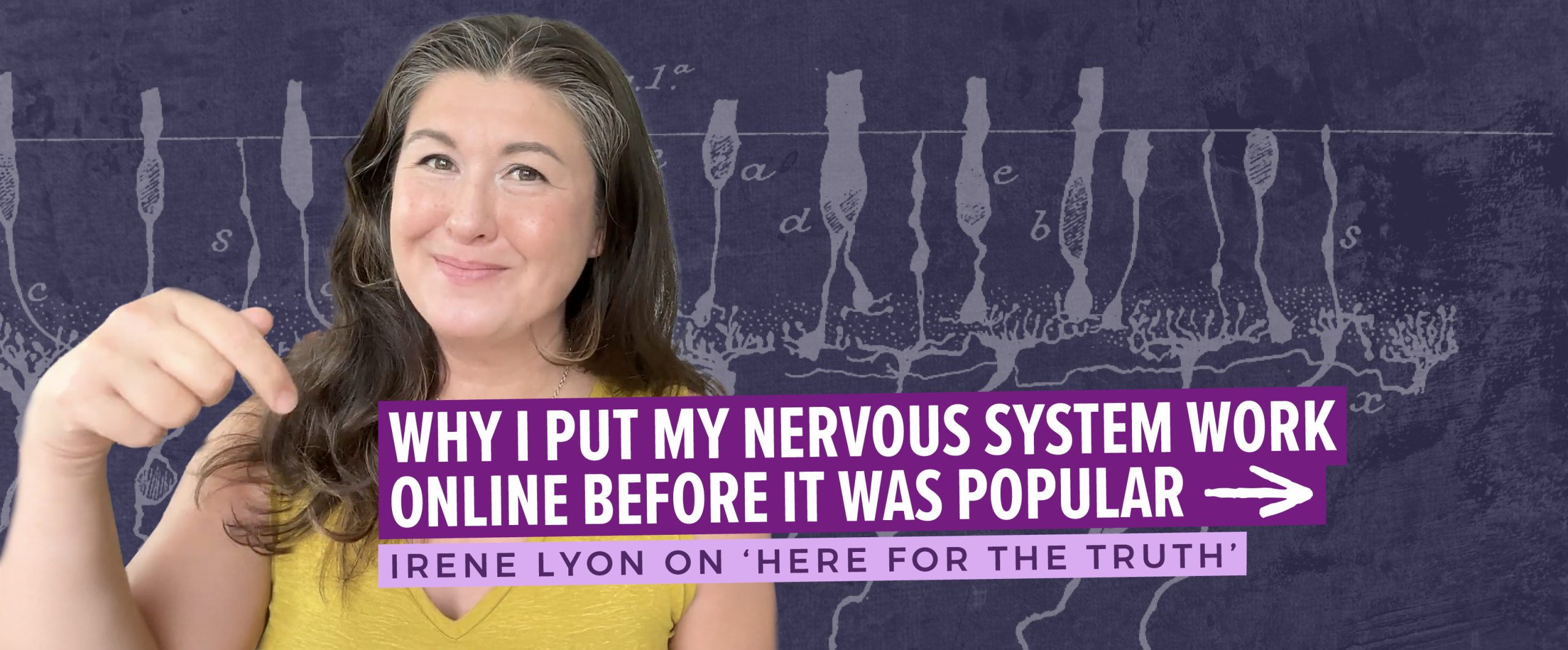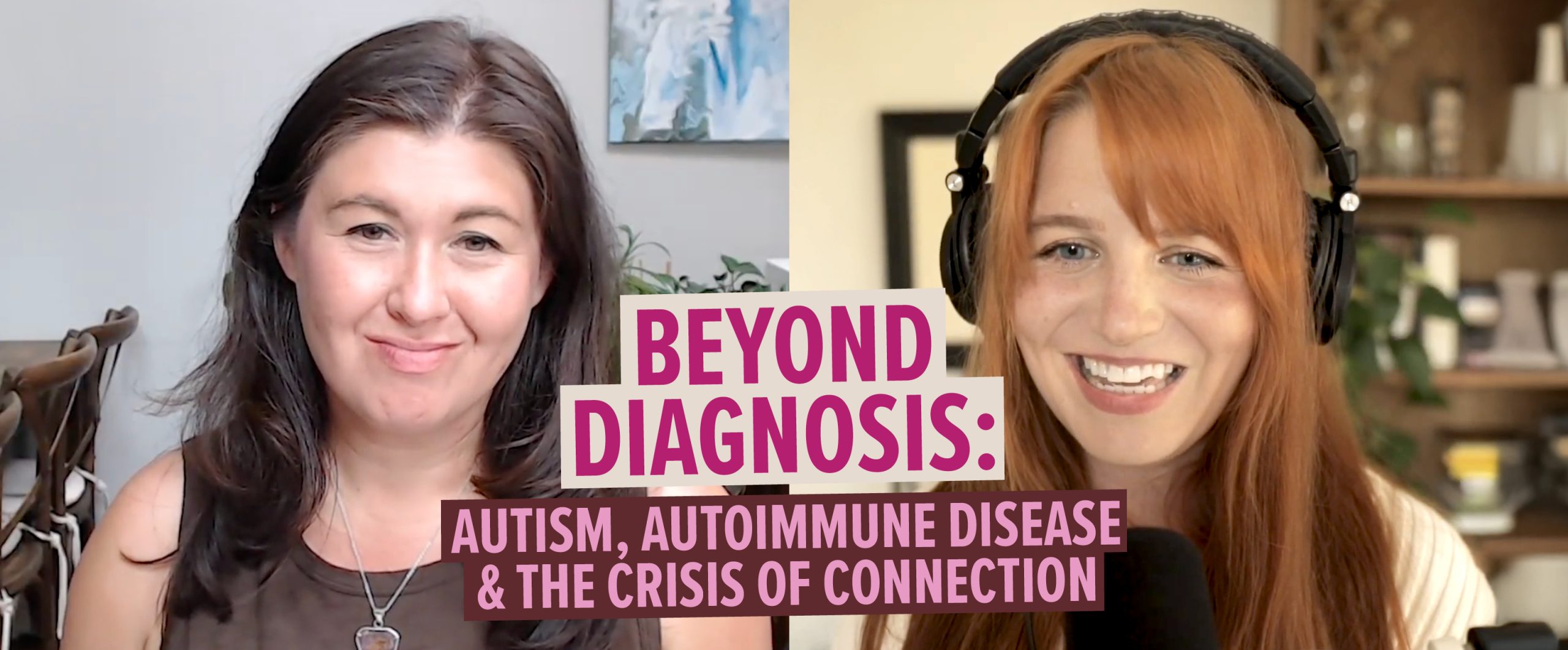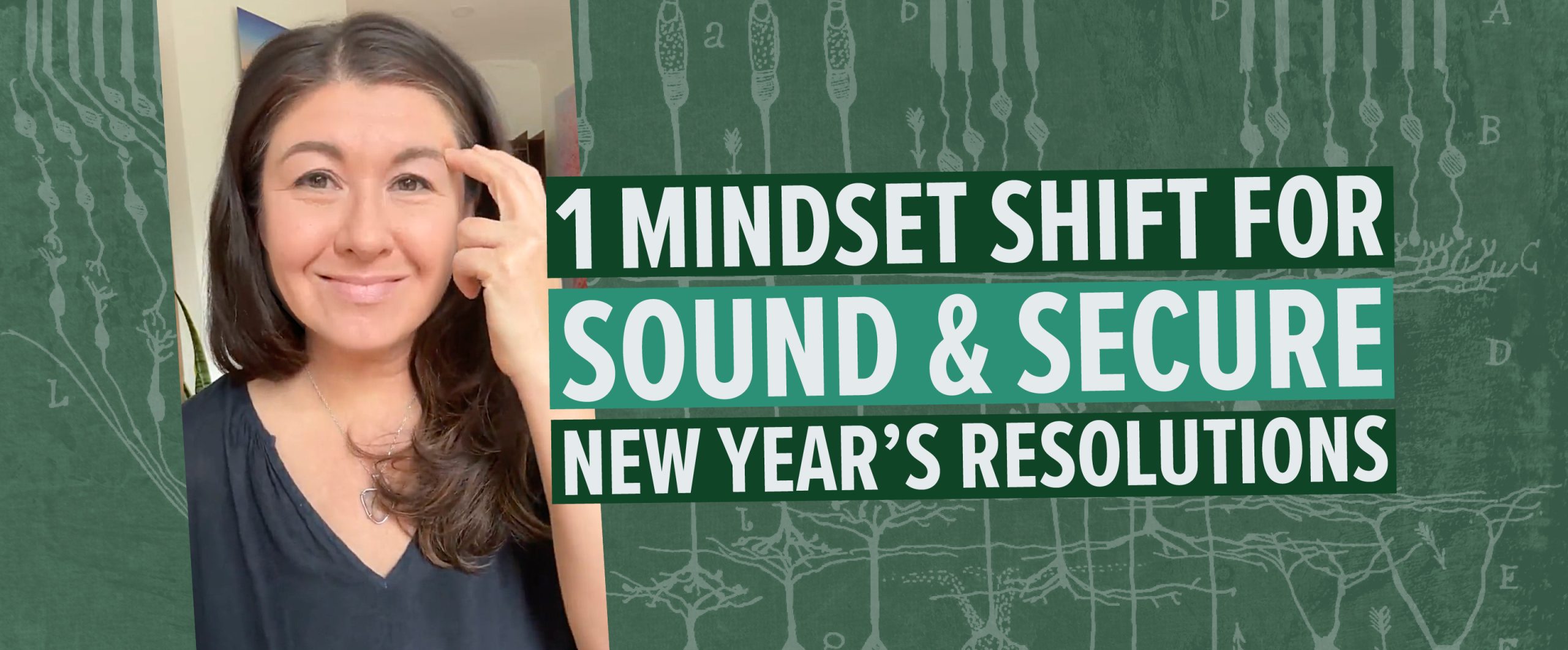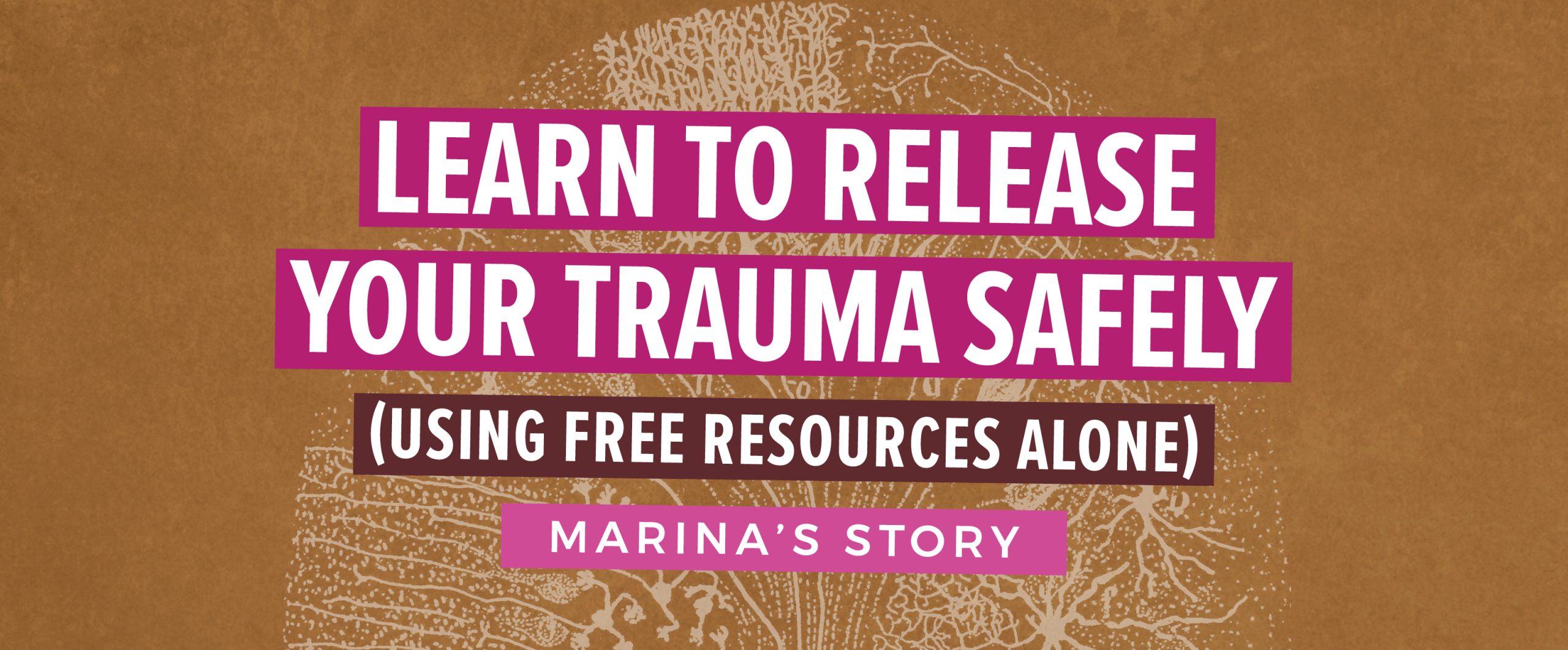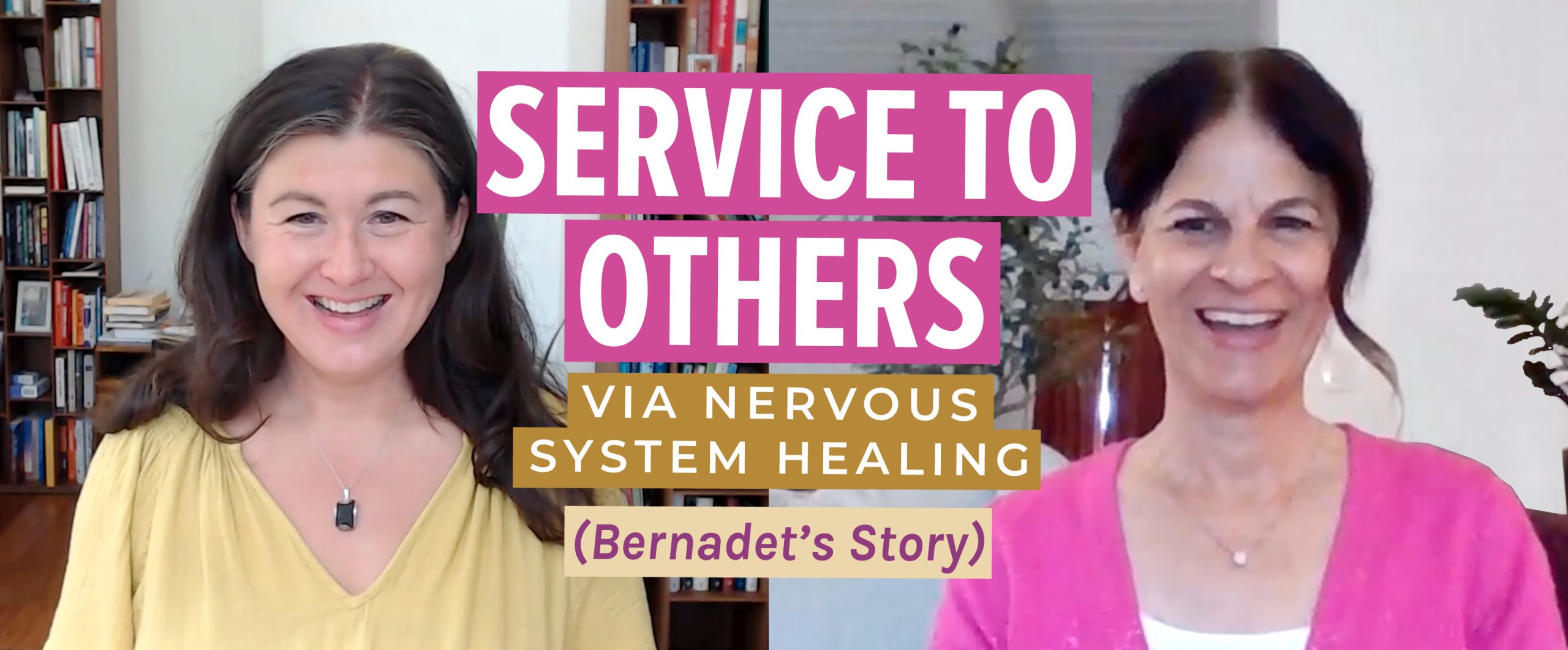The transformational industry is HOT right now. There are so many coaches and wellness professionals out there who want to make a difference by helping their clients improve their lives, relationships and businesses.
The act of helping others is humanity at its finest.
But too many coaches get stumped when clients follow all their steps, strategies and suggestions, but seem to continuously fall short of reaching their goals.
This kind of client might do really well for a few months, or even a year, but then slowly, over time, the old, self-sabotaging behaviours come back. Stranger still, their behaviours are actually different and there is still very little progress. (I’ve seen this happen with people who improve their eating habits and mindfully watch the portions they eat, yet they’re still unable to lose weight and more importantly, keep it off.)
So…
- Is it the client’s fault?
- Is it the lack of skill and strategy on the coach’s behalf?
- A bit of both?
Or:
- Could it be something that hasn’t yet been uncovered, deep in the client’s physiology, that’s actually driving the entire show?
This is where undiagnosed trauma comes in.
When we hear the word ‘trauma’, images of war veterans and extreme cases of post-traumatic stress disorder (PTSD) are the norm. Some may think of natural disasters that leave people grief-stricken and destitute. Then there’s the unthinkable actions of physical and sexual abuse.
If a person has experienced this kind of trauma, they know it.
But there’s another kind of trauma and it’s much harder to pinpoint and assess; it’s called developmental and/or early trauma.
Because of its elusive nature, it often gets missed. Many people live for decades or an entire lifetime, not knowing their health struggles, unsatisfying relationships and failed dreams are a result of this insidious and highly toxic kind of trauma.
According to statistics, up to two-thirds of white, middle class Americans have experienced some form of early trauma (also called early adversity) that increases their risk for physical, mental and emotional trouble in adulthood¹.
This kind of early traumatic imprinting wreaks havoc on the brain and autonomic nervous system and as much as we’d like to believe that time heals all wounds, it this case, it DOES NOT.
In this article I’ll teach you:
- The 5 tell-tale signs that’ll tip you off to let you know your clients might be living with undiagnosed early trauma.
- Why trauma isn’t what you think it is, and why it can interfere with achieving results and most importantly, keeping them.
- What you can do to help your clients begin the healing process so they can take full advantage of your talents and skills and be their best selves via your work.
Here are 5 signs to look for that could explain why some of your clients continuously flail and fail, even when they show up 100% and follow everything you teach them impeccably.
1) They always move in the direction of stuckness and there’s always a ton of resistance blocking their way no matter how much positive headway they make and positive affirmations they repeat. They have trouble with attention and focus and can’t seem to stay consistent with anything.
2) They’re eating cleanly, never overeat and are getting way more activity than what they’re used to, yet they are still fatigued and unable to lose weight.
3) They get hijacked by fear and anxiety, even though they know there’s nothing to be afraid of (and you could have sworn they finally got through their fears…so why do they keep coming back?!). They ruminate on things that happened weeks and often months ago, and they tend to create these downward spirals out of seemingly nothing.
Or the flipside: they often seem numbed out and can’t feel anything in their body or their emotions, and no matter how many fancy tricks your throw at them nothing seems to budge. There’s no ‘joie de vivre’ in them, and sometimes all you want to do is shake ‘em up a bit (but you know that wouldn’t be very ethical).
4) They’re a magnet for getting into the wrong relationships and continually end up being a victim to toxic people and risky situations All this while you continue to work on building healthy boundaries and relationships. They also a) continually try to please and/or apologize for themselves, their actions and their inactions, and/or b) they’re defensive or unwilling to admit failure or any sign of weakness.
5) They’ve stumped all of their doctors and specialists. And even though you get might help them get a little bit of relief, their system is like a slippery fish: just when you think you’ve got something figured out, that ‘something’ pops away and another sign or symptom emerges.
(These folks get labeled with things like chronic pain, chronic fatigue and fibromyalgia. They frequently have migraines and digestive troubles no amount of dietary change helps.)
These 5 points are massive warning signs of early and developmental trauma!!!
Why trauma isn’t what you think it is, and why it can interfere with achieving results and most importantly, keeping them.
Early and/or developmental trauma is anything that occurs pre-verbally, meaning before we can make meaning or associate emotions with our experiences. In other words, before we learn to speak.
It’s also the kind of trauma that happens when we grow up in an environment that’s chronically unsafe and doesn’t offer the securities of healthy attachment with a primary caretaker, bonding and the basics (food, shelter etc.).
Here are some common examples we tend to overlook:
- Being born prematurely
- In-utero stress experience (a soon-to-be mama who is overly stressed is common; as they’ve found in women who were pregnant during the 9/11 attacks²)
- Early surgical procedures (even ‘simple’ procedures such as a tonsillectomy have debilitating effects on some kids and levels of PTSD can be equivalent, if not higher, than veterans returning from war!)
- Lack of emotional attunement. (Mis-attunement, as subtle as it may seen, is one of the more severe forms of early trauma.)
- Being adopted. (Unfortunately, having a loving adopted family doesn’t inoculate you against the stress of being put up for adoption in the first place).
- Parents who are depressed and/or not very present emotionally and/or aren’t embodied as a result of their own past traumas or being sick and unwell.
The baby feels it all!
That little nervous system only feels the lack of safety and constant threat. It doesn’t matter if it’s from gunfire and explosions, or the insidious silence of neglect and mis-attunement, or being strapped down for a life-saving surgery; the effect is the same.
To understand how these events throw a person off, we have to understand that trauma actually has less to do with the event itself, and more to do with how that event impacts the internal biology of the baby and the individual over the long term.
Example:
A chronic situation such as mom being stressed while her baby is in utero, or a helpless infant not being able to escape a toxic home life, means that little person isn’t able to defend and protect themselves.
They’re at the mercy of the situation and environment.
When this happens, the child is in a bind.
What typically happens is the child shuts down (their physiology) from their internal (body-somatic) experience. It’s too much to feel the intensity of the situation. So, the best way to solve this problem is to stop feeling altogether.
Problem solved…kind of.
It’s the best survival strategy available (it’s the “freeze” of the fight/flight/freeze nervous system survival responses), but it’s not good news if that child maintains that physiological state into its teenage and adult years, which happens all too often.
(In the somatic trauma world we’d call this person living in a ‘functional freeze’ pattern, meaning they’re functional, remarkably successful, yet on the inside their system is in chaos and just barely hanging on.)
But back to the baby that’s needing to shut down to preserve their safety…
This is where things get mucked up.
When we stop feeling. we also stop being able to listen to what our body wants. The signalling mechanisms go off and we stop being a healthy human being. We go into low oxygen, low metabolism mode. (Hello person having trouble losing weight, whose immune system is weak and/or who can’t think clearly or find any creative juices. We need lots of oxygen to be a healthy human being.)
Our safety signals get thrown off. We start living in a stressed out survival state.(Hello person who is always afraid of putting themselves out there, and may be in a state of perpetual panic and anxiety about future events that haven’t happened yet, or a past event that occurred a long time ago.)
Over time, this shows up in not just our health and biology, but as we become adults, it seeps into how we think, work, create and connect.
This is what early and/or developmental trauma does to the grown up: those early strategies to stay safe and protect our being hang around forever, unless we address them.
This functional shutdown response doesn’t just stop and time doesn’t heal this wound. This early imprint on the nervous system stays for a lifetime unless you actually work to come out of it safely and with professional help.
This is why many people who are stuck, sick and suffering in some way find it very hard to fully resolve their troubles. The troubles are hidden deep inside their nervous system in a survival system that still thinks something is dangerous, even though they technically know they’re ‘safe’.
Here’s what you can do to help your clients begin the healing process from early trauma so they take full advantage of your talents and skills and be their best selves via your work.
1 – The first step is education.
Learning about the intricacies of trauma, plus how and why the nervous system gets stuck, is essential. That old adage we’ve heard so many times on the plane, that you must put your own oxygen mask on before helping others with theirs, is a perfect analogy for this first step.
2 – Be courageous and make a decision to dive into your own trauma healing.
As you learn more about trauma from a nervous system perspective, you’ll no doubt relate this to your own life.
Many of my clients (who also have clients of their own in the coaching, healing and helping professions) have found that when they start to understand their own life from a nervous system and biological perspective, they develop a stronger intuition and wider lens for seeing the stored up trauma in others. They can help people in bigger ways.
This is just part of the plan, I think.
Heal yourself more and you’ll be able to help others heal even more.
But if you don’t have this education and lens towards yourself, you won’t see it in others and they’ll stay stuck.
As I mentioned earlier, two-thirds of white, middle class America have experienced at least one form of early adversity, but this research does not include birth traumas, traumatic hospitalizations, early surgeries or near-death experiences like choking, drowning, suffocation or high fevers as a child or infant, all of which leave fear-based imprints. This means that MANY of us have early wounds that impact how we see ourselves, how we put ourselves out there and our overall confidence and potential success.
3 – Be an advocate for others to dive deep and heal deep
Having the right kind of support in this process is essential.
My clients, who are able to heal deeply, all have supportive families, partners and/or friends. Sometimes people don’t have this system and it’s our job to be that guiding light. This is a big responsibility. However, as helpers and healers, coaches and practitioners, we must advocate for our clients and do a much as we can so they can find freedom.
I’ll be very honest here and say that entering into this level of healing isn’t always easy, as it means tapping into body sensations and emotions that may feel a little uncomfortable at first, but over time a person begins to welcome such discomforts and knows they’re there to teach something very potent.
As I mentioned above, for you to help your clients at this deep level, it’s essential that you, too, are willing to do the deep dive into your own past hurts and liberate yourself first so you have more space to help them.
It’s a win-win in so many ways.
Wishing you so much good health for you and your clients!
Irene.
REFERENCES
1) Adverse Childhood Experiences Study, ACE Study.



